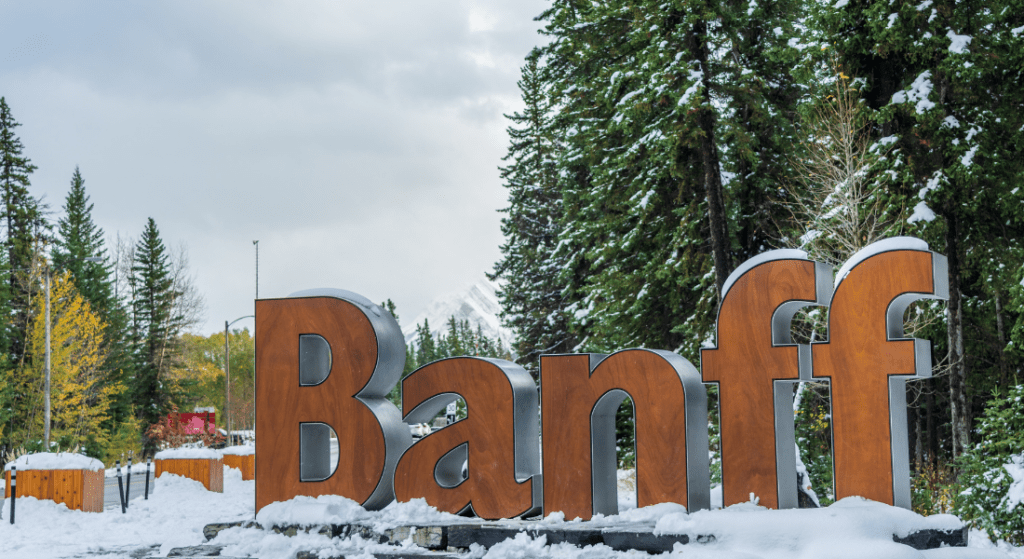In a world where the elements can be unpredictable, safeguarding your outdoor signs from weather damage is crucial for maintaining their integrity and longevity. This guide dives into the realm of weatherproofing, providing insights on how to protect your signs from rain, extreme temperatures, and other harsh conditions. Learn why weatherproofing your signs is not just a maintenance task but a key investment in the longevity of your messaging.
Table of Contents
ToggleWhy Weatherproofing Your Signs Matters
Outdoor signs face the brunt of weather conditions daily, from scorching sun to pouring rain and icy snow. Without proper weatherproofing, signs can deteriorate, lose their appeal, and become illegible. This guide explores the importance of protecting your signs against these elements, ensuring that your messages remain vivid and impactful over time.
Detailed Explanations
Understanding the Impact of Extreme Weather on Outdoor Signs
Extreme weather conditions, such as heavy rain, intense sunlight, and freezing temperatures, can accelerate the deterioration of outdoor signs. UV rays can cause fading, while moisture damage from rain or snow can lead to mold and mildew growth. Upgrading to weather-resistant materials is crucial to ensure signs can withstand these harsh elements and maintain their visual appeal.
Choosing the Right Materials: A Guide to Exterior-Grade Signage
Exterior-grade materials are designed to withstand the challenges posed by weather conditions. These materials are resistant to UV rays, moisture, and temperature variations. Upgrading to such materials ensures that your outdoor signs remain durable and visually appealing, even in the face of extreme climates.
Polyurethane Protection: Shielding Wooden Signs from the Elements
Wooden signs, while aesthetically pleasing, are particularly vulnerable to weather damage. Applying polyurethane provides a protective layer that shields wooden signs from harsh chemicals, UV rays, and moisture. Regular maintenance, including touch-ups and proper cleaning, is essential for preserving the natural beauty of wooden signs.
Gutter Systems: Directing Rain Away from Your Signs
Proper drainage is crucial to protect signs from rainwater. Gutters play a key role in directing water away from the sign structure, preventing water damage and mold growth. Regular DIY gutter maintenance, including cleaning and checking for blockages, ensures effective water diversion. In cases of extensive damage, consulting professionals is advisable.
Shingle Shields: Keeping Your Signs Safe from Above
Shingles on roofs contribute to the overall protection of outdoor signs. They act as a shield against rain, snow, and other weather elements. Choosing the right shingles for your climate and conducting regular inspections to identify and address damaged shingles are essential steps in preventing moisture damage to your signs.
Insulation and Caulk: Preventing Water Damage Inside Signs
Insulation helps prevent moisture damage inside signs by creating a barrier against the outside elements. Proper caulk application seals vulnerable areas, such as joints and edges, preventing water infiltration. Regular inspections for signs, especially after extreme weather conditions, help detect potential issues and allow for timely maintenance.
UV-Resistant Coatings: Maintaining Sign Color in Direct Sunlight
UV rays can cause discoloration and fading of sign colors when exposed to direct sunlight. Coatings and paints with UV protection properties act as a shield, preserving the vibrancy of the sign. Regular inspections and touch-ups are crucial to ensure that the protective coating remains effective over time.
Weatherproofing Techniques for Various Sign Types
Different sign materials require tailored weatherproofing techniques. Understanding the specific needs of metal, plastic, or fabric signs is essential for effective protection. Construction site signs demand special considerations, as they are exposed to dust, debris, and various weather conditions. New web signage should be weatherproofed from the start, using materials suited for online visibility and durability.
Regular Maintenance: The Key to Long-Lasting Outdoor Signs
Routine inspections are the cornerstone of maintaining outdoor signs. Regular checks allow for the early detection of damage or wear, enabling timely repairs. Extreme temperatures, whether scorching heat or freezing cold, require specific care measures to ensure the longevity of outdoor signs. These practices contribute to the overall vibrancy and effectiveness of your signage.

Ensuring Compliance and Safety in Sign Assembly
Adhering to manufacturer guidelines during sign assembly is crucial for optimal weatherproofing. U.S. regulations for outdoor signs must be followed to ensure compliance and safety. When working on your home’s exterior, consider safety measures, such as proper assembly techniques and securing signs to withstand various weather conditions.
Conclusion: Key Takeaways
- Extreme weather conditions can accelerate the deterioration of outdoor signs.
- Upgrading to exterior-grade materials is essential for weather-resistant signage.
- Polyurethane protects wooden signs from harsh chemicals, UV rays, and moisture.
- Gutters play a key role in preventing water damage to signs; regular maintenance is vital.
- Shingles on roofs act as shields against rain and snow, contributing to sign protection.
- Insulation and caulk prevent moisture damage inside signs; regular inspections are necessary.
- UV-resistant coatings preserve sign color when exposed to direct sunlight; regular touch-ups are crucial.
- Tailor weatherproofing techniques for different sign types, including construction site signs and new web signage.
- Regular maintenance through routine inspections ensures the longevity and effectiveness of outdoor signs.
- Adhering to manufacturer guidelines and U.S. regulations is essential for safety and compliance during sign assembly.
By implementing these weatherproofing strategies, you can protect your outdoor signs, ensuring they withstand the test of time and maintain their visual impact in various weather conditions.
